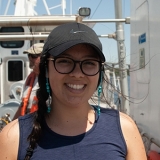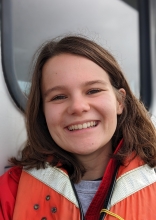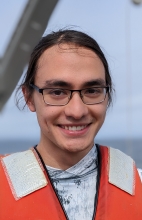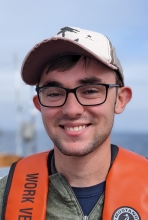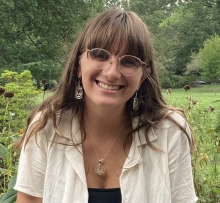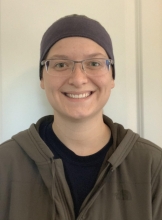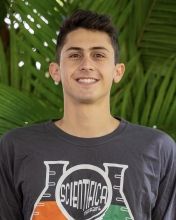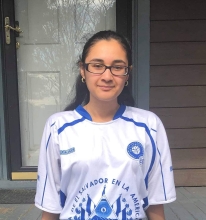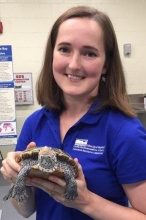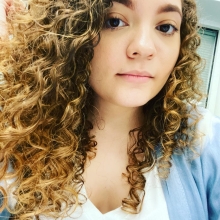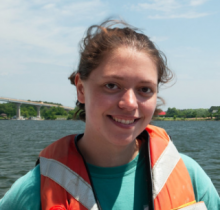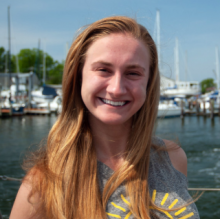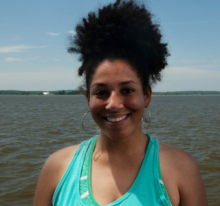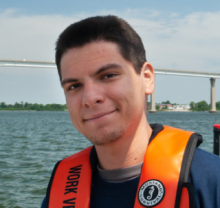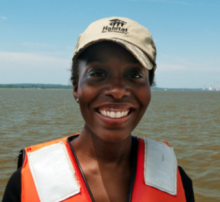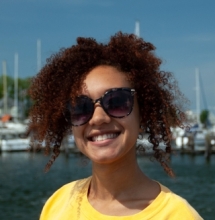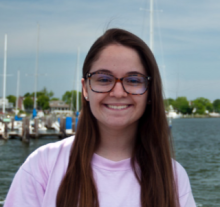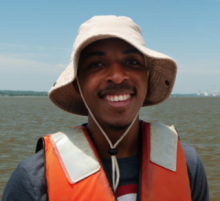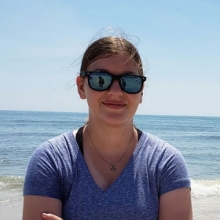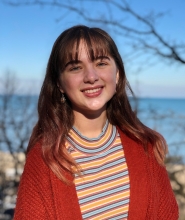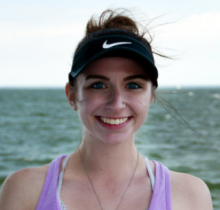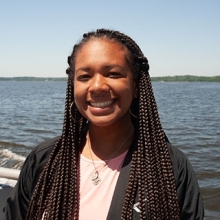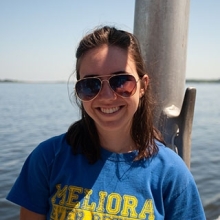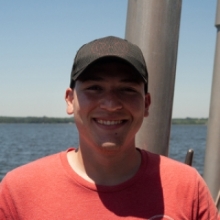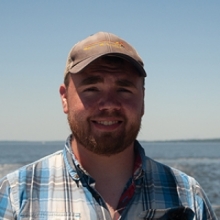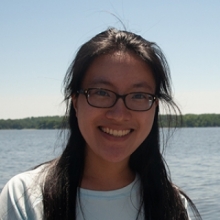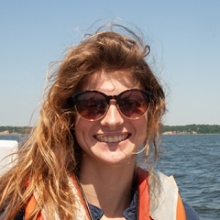Eight students will be presenting the summer work at the Ocean Sciences Meeting in March 2022!
Margaret Martinez, Wayne State University
Class Year:
2018Mentor:
Cindy Palinkas, Ph.D.Project Title:
Relationships Among Sediments, Nutrients, and Submersed Aquatic Vegetation in Upper Chesapeake Bay
Abstract:
The Susquehanna River is the Chesapeake Bay’s largest tributary, providing half of the bay’s freshwater and 2 x 106 tons of sediment on average annually. This discharge passes over the Susquehanna Flats at the mouth of the river, the most upstream part of the bay. Submersed Aquatic Vegetation (SAV) presence here was found to have an important influence on water quality as it initiates a feedback loop that decreases turbidity and eutrophication, improving the health of ecosystems in the area. Additionally, this feedback loop adds to the strength and resilience of the beds during flood events. Previous research was conducted on the larger, more permanent beds in the center of the flats; we identified smaller, periphery beds for this study. We gathered push-core samples inside and outside of the perimeters of fifteen beds before the peak of SAV growing season to study sedimentation patterns and composition. We used Beryllium-7 activity, grain size, and nutrient composition to infer sedimentation patterns of the ephemeral beds in the Flats. We found that there is preferential sedimentation to the southeast of the Flats, and that the geomorphology of the beds plays an important role in deposition patterns when SAV is not present.
